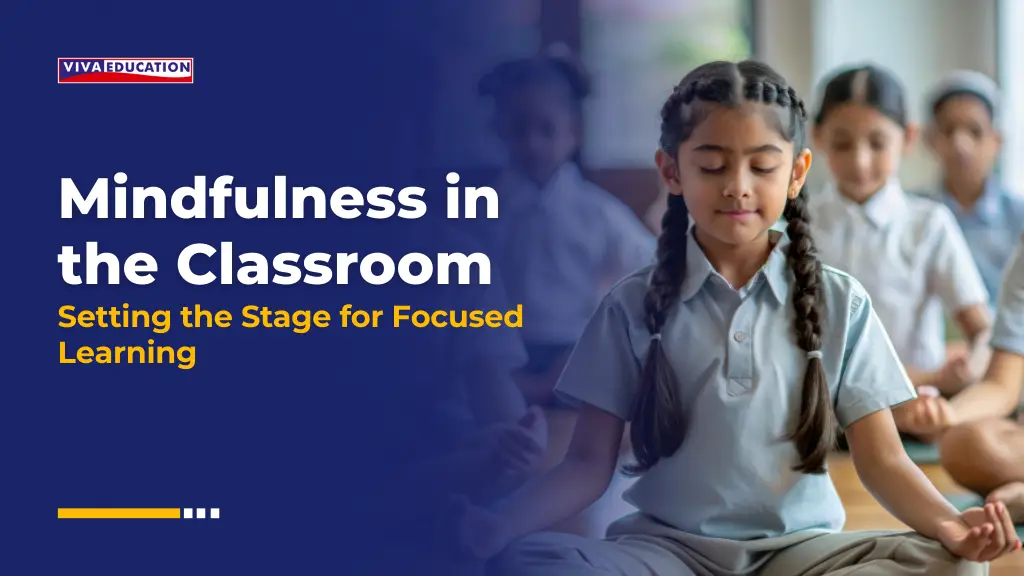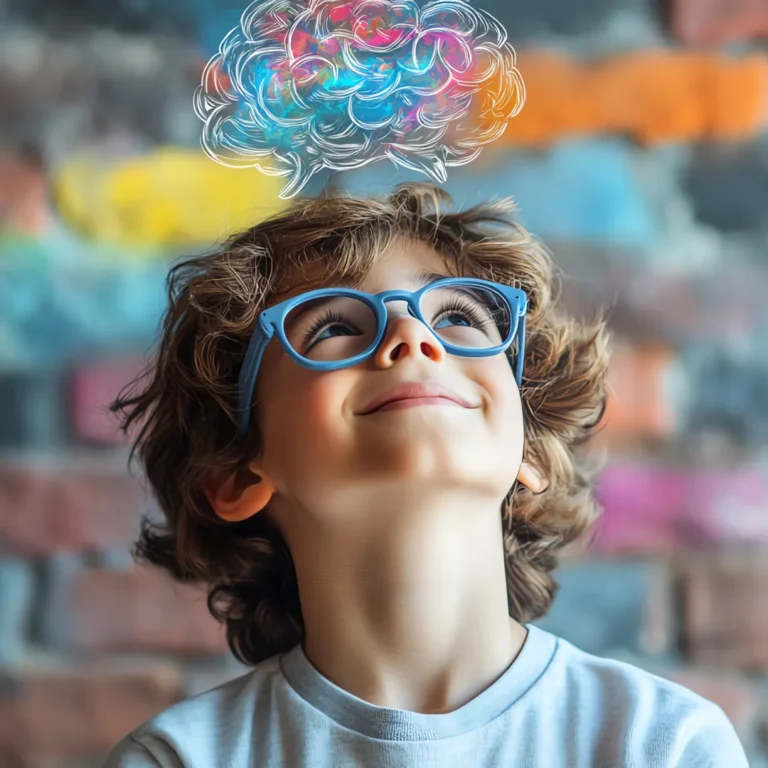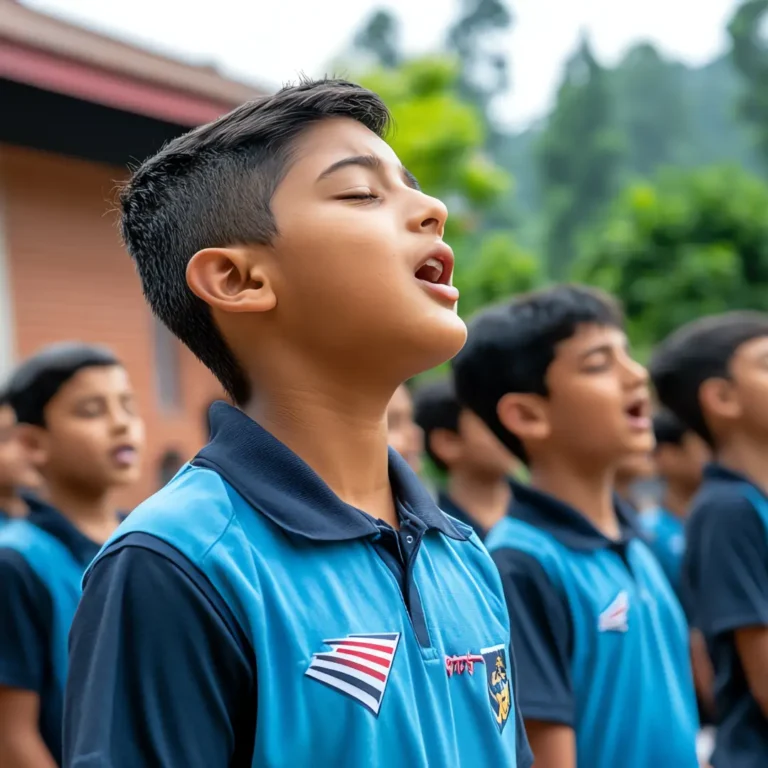Mindfulness in the Classroom: Setting the Stage for Focused Learning
- Teachers
- September 20, 2024
- Viva Education

The world is a busy place! Constant alerts, social media, and the pressure to excel explain why they may sometimes be distracted or nervous. Teachers aim for students to be composed, attentive, and ready for learning. How, then, can we bring that about?
Mindfulness in students is an easy yet powerful strategy to help your classroom become more calm and practical. What, then, is mindfulness, and how might it benefit your students? Let’s dig right in!
What is Mindfulness?
The meaning of mindfulness is being present at the moment. Mindfulness in students involves focusing less on the past or future and more on the present. It’s similar to educating children to notice their thinking process, feelings, and environment without focusing on mess.
For instance, you could assist children by observing their breathing or paying attention to the sounds in their environment, free from bias or disturbance. The intention is to cultivate a sense of clarity by helping them see and experience things as they are. This mindfulness exercise boosts general well-being, helps manage stress, and improves focus.
The Benefits of Mindfulness in Students
How can something as basic as paying attention to the present moment help my students? Mindfulness in students offers some fantastic advantages. Some of them are as follows:
- Improved Focus and Attention Span
Getting all students to pay attention can be a challenging task. Isn’nt it? The good thing is, though, that mindfulness in students can help.
Mindfulness activities like drawing, colouring, and listening to music or different sounds can help students become attentive to one thing. They are also a relaxing way to promote focus and creativity.
Students can discover how to refocus on their current work through these activities. It’s like teaching their brains to focus more deliberately.
- Better Emotional Regulation
Have you ever observed some students struggle to regulate their emotions? Perhaps they become agitated or furious quickly. Mindfulness helps students notice their feelings more clearly. Students who identify emotions as they arise might develop better control of them.
- Increased Empathy and Understanding
Mindfulness in students is about comprehending others as much as self-awareness. Students who practice mindfulness grow more in touch with their emotions, naturally increasing their empathy for others. The classroom becomes more sympathetic and encouraging as they view things from several angles.
- Mindfulness in the Classroom
How about we introduce mindfulness to students in our classrooms? The good news is, it’s simpler than you might imagine!
Now that we’ve proven the significance of mindfulness in kids, let’s explore its ease of implementation and why it is so effective in the classroom.
1. Listening With Attention
Students should be instructed to sit silently and pay attention to any sounds in their immediate environment, such as birds chirping outside, the air conditioner running, or distant voices. Urge them to observe these noises as they are without passing judgment on them.
How it is beneficial:
- It improves kids’ listening comprehension, which can help them pay more attention in class.
- It lessens the tension brought on by noise and promotes a quieter learning environment.
Exercising
Include quick stretches or movements in your everyday schedule. Students can re-energise themselves and remove physical tension by performing basic exercises like rolling their shoulders, stretching their arms, or performing yoga-inspired positions.
How it is beneficial:
- It enhances bodily awareness and lessens the pain associated with extended sitting.
- Mindfulness in students aids in helping them become more attentive and focused during class.
2. Journal Writing
Students should be encouraged to write down three things they are thankful for each day in a gratitude journal. This promotes a good outlook and can be done at the beginning or end of the day.
How it is beneficial:
- Increases emotional intelligence and fosters optimism.
- Enhances compassion and empathy, creating a more peaceful learning atmosphere.
3. Thoughtful Shifts
Employ mindfulness techniques to assist students in changing their attention from one task to the next during transitions. For instance, have pupils perform a brief mindfulness practice or take a few deep breaths before beginning a new subject or class.
How it is beneficial:
- It keeps everything in control and creates a serene, concentrated environment.
- This mindfulness technique assists students in mentally resetting, which can improve their capacity to concentrate on the subsequent task.
4. Mindful Reflection After Assessments
Lead your students in a mindful reflection session following an exam or task. Please encourage them to think back on their feelings throughout the evaluation, their strengths, and their areas for growth without passing judgment.
How it is beneficial:
- Stimulates a growth mentality and increases self-awareness.
- Minimises test-related stress and dissatisfaction by emphasising learning over performance.
These mindfulness practices can be used in the classroom to provide children with skills that will benefit them for the rest of their lives. Mindfulness in students can not just improve their academic achievement but also their general well-being.
Wrapping Up
One excellent method to assist your students in remaining calm, attentive, and content is mindfulness. Teaching mindfulness to students gives them a gift they will use for the rest of their lives, not only a talent for the school.
Thus, why not try it? Start with a few minutes daily and see your students grow more at ease, focused, and in tune with others and themselves. Here’s how to design a quiet, efficient classroom where every student can flourish!




